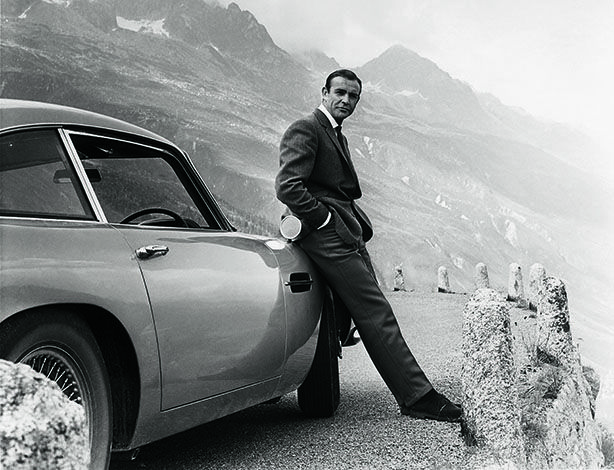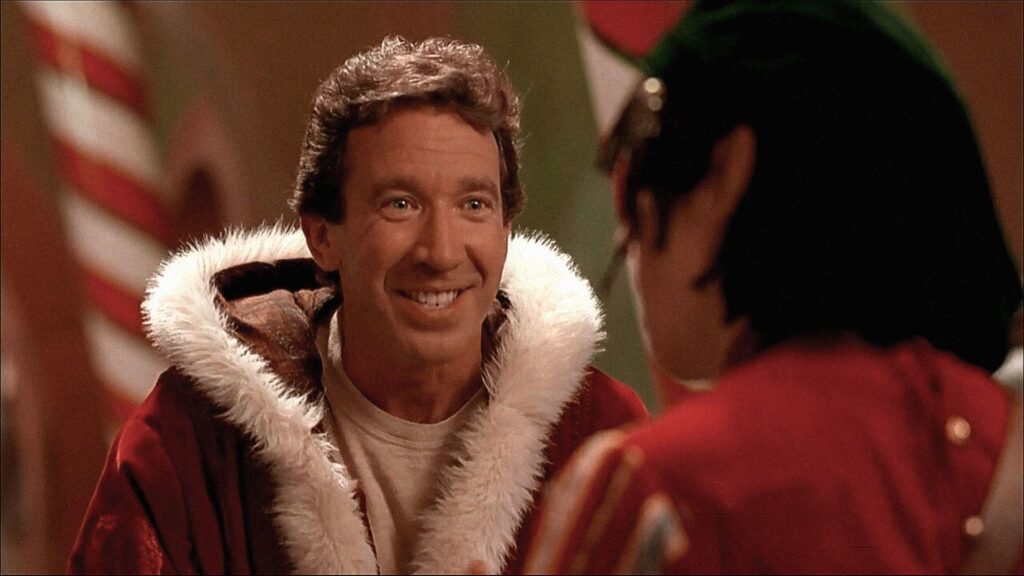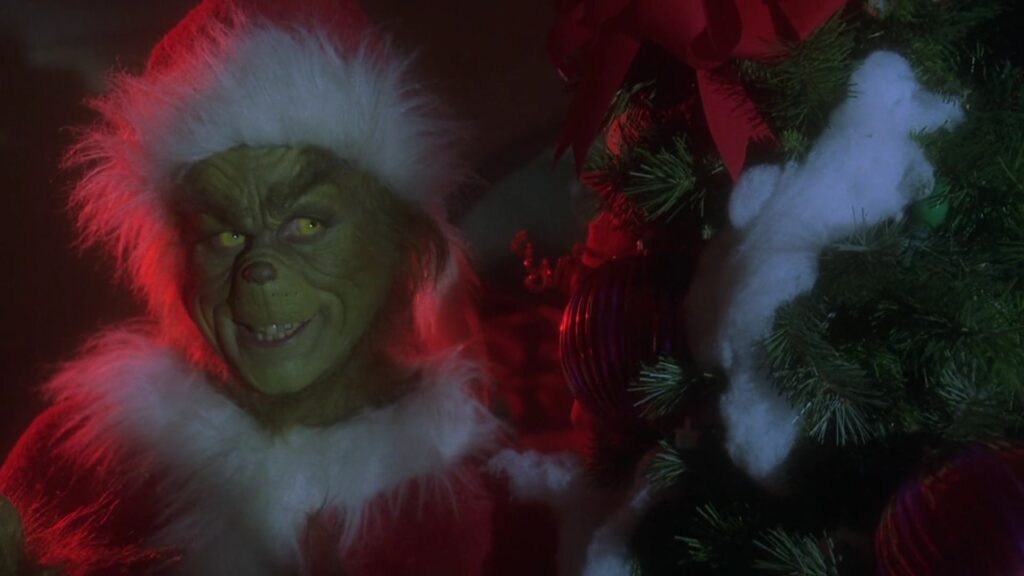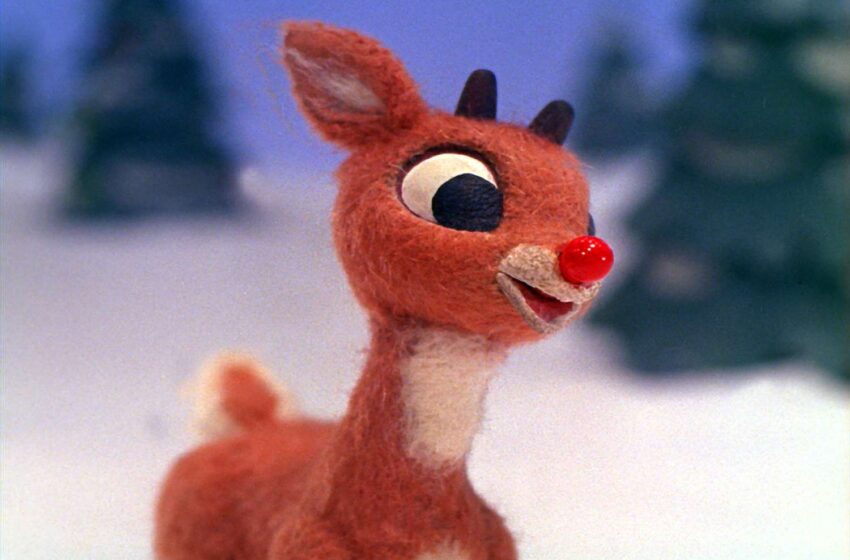
Rudolph the Red-Nosed Reindeer (1964) – Film Review
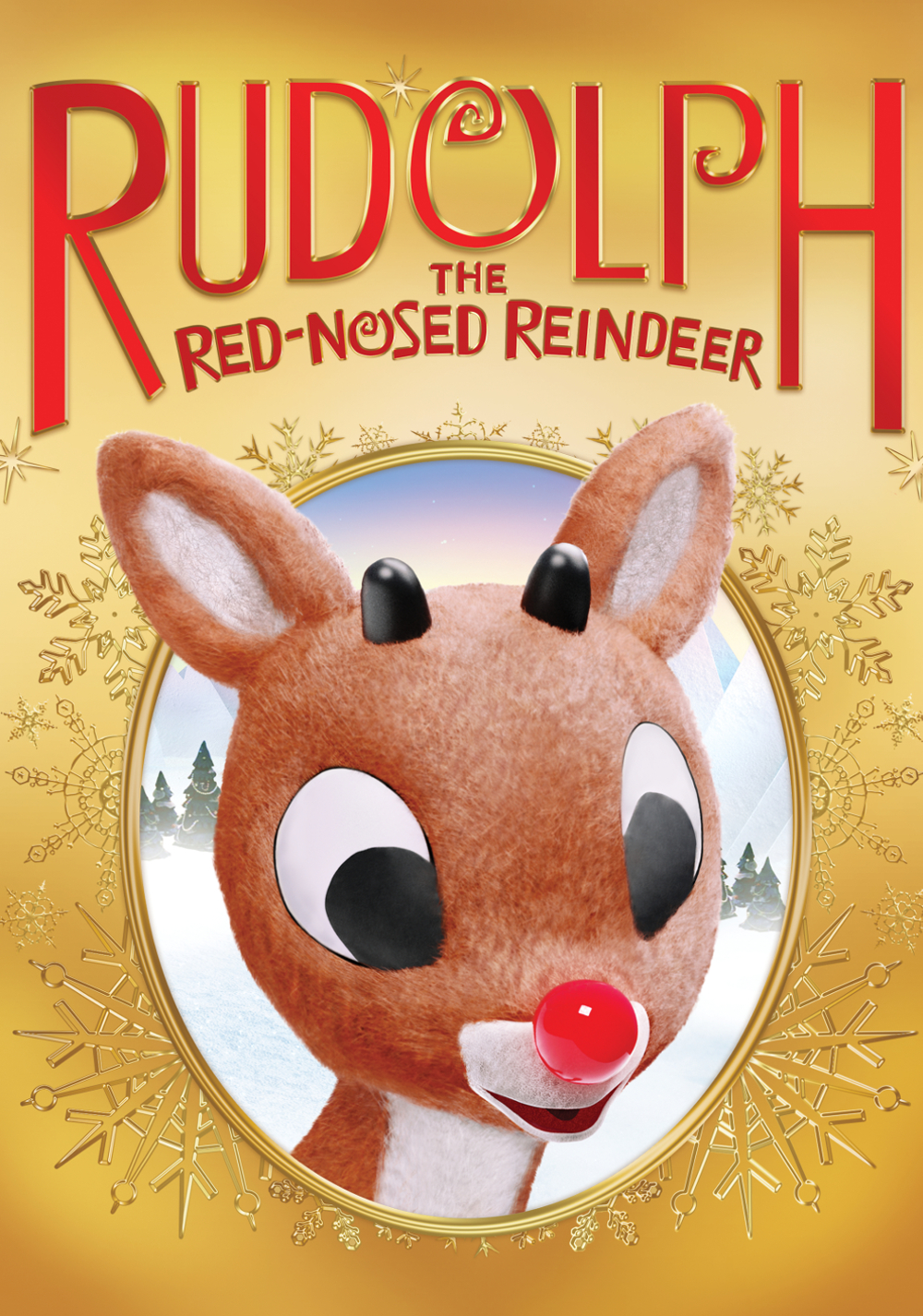
“Rudolph the Red-Nosed Reindeer,” the 1964 stop-motion TV film, is a holiday staple that has flickered across the TV screens of multiple generations, embedding itself in the Christmas canon with a blend of charm, whimsy, and a dash of unintentional existentialism. Directed by Larry Roemer and featuring the voice talent of Burl Ives as Sam the Snowman, this Rankin/Bass production is both a nostalgic trip and a peculiar relic of a bygone era of animation.
Plot: The Outcast’s Odyssey
The story, based on Johnny Marks’ song of the same name, follows Rudolph, a young reindeer with an inexplicably luminous red nose. Ridiculed and ostracized for his nasal anomaly, Rudolph embarks on an adventure where he encounters an array of characters, including Hermey, an elf who aspires to be a dentist, and Yukon Cornelius, the quintessential prospector. The narrative is a convoluted tapestry of subplots involving misfit toys, a terrifying yet redeemable Abominable Snow Monster, and a message about acceptance and individuality.
Behind the Scenes: The Magic of Stop-Motion
The making of “Rudolph the Red-Nosed Reindeer” is a testament to the painstaking art of stop-motion animation. The production, led by Japanese puppeteer Tadahito Mochinaga, involved intricate handcrafted models and set pieces. Each movement in the film required the animators to adjust the puppets frame by frame, a meticulous process that imbued the characters with a distinct, if slightly jerky, life.
The design of the characters, from Rudolph’s endearing features to the Abominable Snow Monster’s fearsome facade, was both imaginative and indicative of the era’s animation style. The film’s vibrant color palette and the tactile nature of the models lent it a charm that the more polished computer-generated imagery of today’s holiday specials can’t quite replicate.
Performances: The Voices of Christmas
The voice acting in “Rudolph the Red-Nosed Reindeer” ranges from the warmly avuncular tones of Burl Ives to the variously whimsical and melancholic cadences of the other characters. The voice performances add depth to the characters, bringing an emotional resonance to the otherwise stiff movements of the puppets.
Themes: A Tangled Tinsel of Messages
On the surface, “Rudolph the Red-Nosed Reindeer” presents a heartwarming tale about embracing one’s uniqueness and the value of misfits. However, a more cynical eye might observe that the film’s message is somewhat muddled. Rudolph and Hermey’s acceptance only comes after their unique traits prove useful – Rudolph’s nose saves Christmas, and Hermey’s dentistry incapacitates the snow monster. It raises the question: Is the film celebrating uniqueness for its own sake, or for its utility?
Moreover, the Island of Misfit Toys segment, while beloved, is a somewhat unsettling detour that delves into themes of abandonment and obsolescence, adding a layer of melancholy to the film’s otherwise cheery demeanor.
Cultural Impact and Legacy
“Rudolph the Red-Nosed Reindeer” has endured as a cultural icon, beloved by audiences for its nostalgic appeal and quaint animation style. Its annual broadcast has become a holiday tradition, one that has introduced several generations to the stop-motion adventures of a red-nosed reindeer and his eclectic group of friends.
Final Thoughts
In essence, “Rudolph the Red-Nosed Reindeer” is a product of its time, filled with the charm and simplicity of 1960s animation. While its message about acceptance and individuality is timeless, the film’s execution is not without its quirks and oddities. It’s a piece of holiday nostalgia that warms the heart, even as it raises an eyebrow with its slightly off-kilter narrative and characters. In a world where the shiny and new are often celebrated, “Rudolph” remains a beloved reminder of the beauty in the unconventional, even if that beauty is acknowledged for reasons less altruistic than one might hope.

